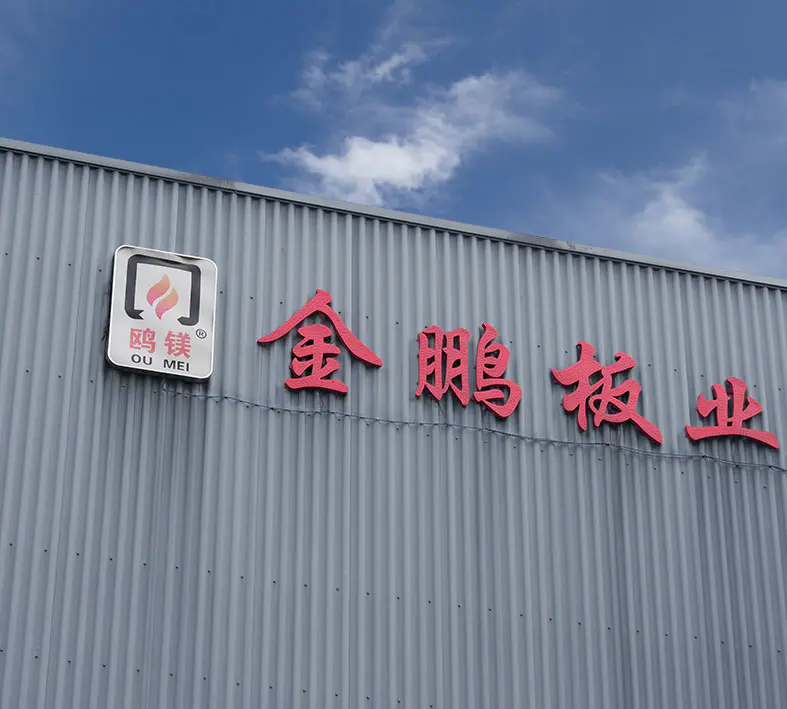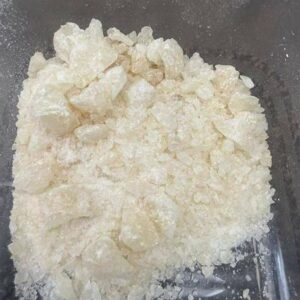Which Sewer Repair Method Is Best for Your Home? Trenchless vs Traditional
When you’re dealing with sewer line damage, the choice between a trenchless sewer repair and traditional excavation sewer line repair can make a big difference in cost, disruption, and long-term performance. Whether you’re searching for “Sewer Company Near Me,” “Sewer Line Repair Near Me,” or considering trenchless sewer line replacement, this guide will help you understand what option works best for your home.
What Are the Options?
Traditional Excavation Sewer Line Repair
This is the tried-and-true method many people are familiar with. It involves digging a trench along the sewer line, removing the old pipe, replacing it with a new one, and then filling in the trench. Because it requires full access to the pipe, there is often significant disruption to lawns, driveways, patios, and other hard surfaces.
Trenchless Sewer Repair / Trenchless Line Replacement
These modern methods avoid digging long trenches. Instead, work is done through access points:
Pipe Bursting: A bursting head breaks the old pipe apart, and a new pipe (often high-density polyethylene, HDPE) is pulled in its place. It allows you to sometimes upgrade to a larger diameter pipe, improving flow.
Trenchless Pipe Lining (Cured-in-Place Pipe, or CIPP): A resin-coated liner is inserted into the existing pipe. Once the resin cures, the liner forms a new pipe inside the old one, sealing cracks, stopping leaks, and preventing root intrusion.
Pros and Cons
Feature Trenchless Sewer Repair / Replacement Excavation / Traditional Sewer Repair
Disruption Minimal – only small access holes needed. Great for preserving landscaping, patios, driveways. Major – large trenches, more damage to yard, possible long restoration work.
Time Usually 1-3 days. Often 5-14+ days, especially when restoration is required.
Lifespan 50-100 years, depending on method and materials. Also long-lasting if good materials are used; but maybe less if older materials or soil issues are present.
Cost per Foot Higher upfront cost per foot. But many hidden or restoration costs are lower or eliminated. Lower cost per foot for simple run, but restoration and labor often boost total cost significantly.
Best Use-Cases Cracks, corrosion, root infiltration, moderate damage. Full collapses, misalignment of pipe, very old or severely damaged sections.
Cost Comparison
Trenchless Methods: For a typical repair, pipe bursting might cost several thousand dollars depending on length, location, and condition. Pipe lining (CIPP) is similarly priced, often thousands, but can often avoid the costs of digging up and restoring landscaping and hard surface areas.
Traditional Excavation: The base cost of replacing a sewer line via excavation can be high, but once you factor in restoration of lawns, driveways, and other structures, total expenses can rise significantly. If large driveways or patios must be removed and replaced, that adds big dollars to the job.
When to Use Each Method
You’ll want to choose trenchless repair if:
Your pipe is cracked, corroded, or invaded by tree roots.
You want to preserve existing landscaping or avoid tearing up driveways and patios.
Quick repair is needed with minimal disturbance.
You’ll want traditional, excavation sewer line repair if:
The pipe is totally collapsed or badly misaligned.
Soil conditions or pipe layout prevent trenchless technology from being feasible.
Local codes require open excavation in certain cases.
Keywords You’re Likely Searching
Sewer Company Near Me — look for experienced specialists in both trenchless and traditional methods, especially with strong reviews in your area.
Sewer Line Repair Near Me — make sure they offer video camera inspection, so you know exactly what’s wrong before deciding.
Trenchless Sewer Line Replacement, Trenchless Sewer Repair, Trenchless Pipe Lining, Pipe Bursting — these are specific services you should ask about.
Excavation Sewer Line Repair — this is the traditional method; sometimes it’s the only viable solution.
There’s no one-size-fits-all answer. If your sewer line is damaged but not totally collapsed, trenchless methods are often the smart choice: faster, less disruptive, possibly lower total cost once you count all the restoration. But when damage is severe, or if the pipe is misaligned or collapsed, traditional excavation might still be necessary.
No matter which route you’re considering, start with a camera inspection by a reliable sewer company near you. That makes all the difference in diagnosing the issue correctly and choosing the best repair method for your home.



Post Comment